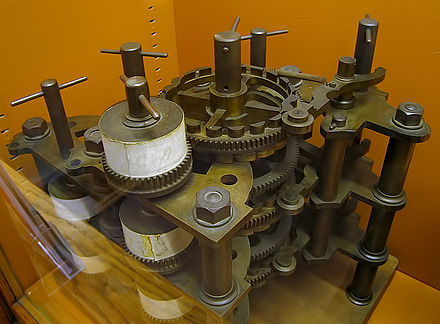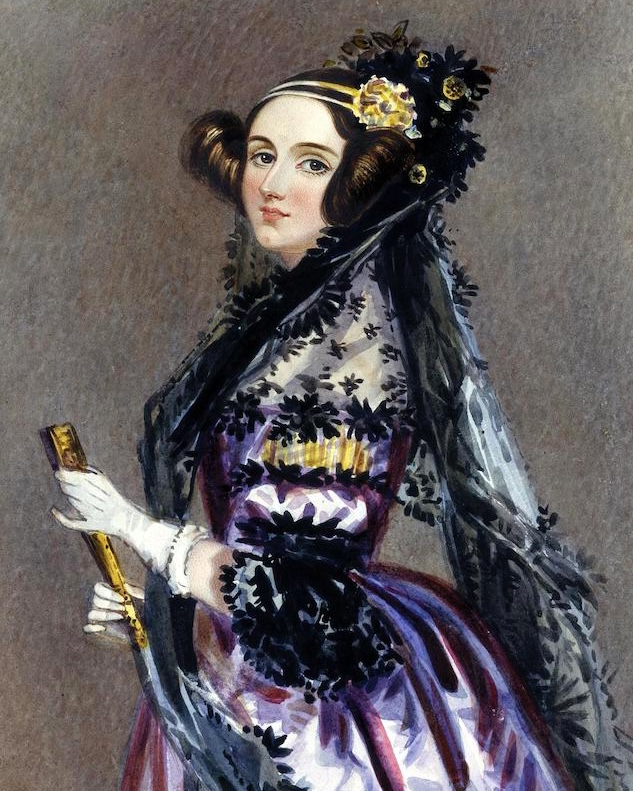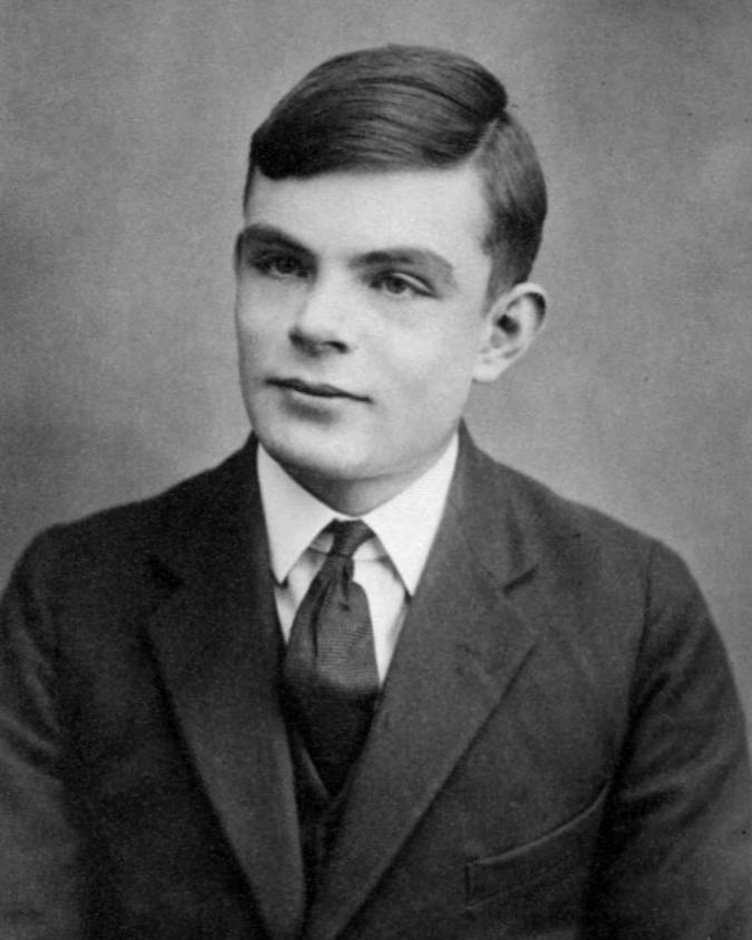Life and Early Education
Charles Babbage (6 December 1791 -18 October 1871) was an English polymath. A mathematician, philosopher, inventor and mechanical engineer, Babbage originated the concept of a digital programmable computer.
Babbage is considered by some to be "father of the computer". Babbage is credited with inventing the first mechanical computer, the Difference Engine, that eventually led to more complex electronic designs, though all the essential ideas of modern computers are to be found in Babbage's Analytical Engine, programmed using a principle openly borrowed from the Jacquard loom.
Babbage had a broad range of interests in addition to his work on computers covered in his 1832 book Economy of Manufactures and Machinery.His varied work in other fields has led him to be described as "pre-eminent" among the many polymaths of his century.
Babbage, who died before the complete successful engineering of many of his designs, including his Difference Engine and Analytical Engine, remained a prominent figure in the ideating of computing. Parts of Babbage's incomplete mechanisms are on display in the Science Museum in London. In 1991, a functioning difference engine was constructed from Babbage's original plans. Built to tolerances achievable in the 19th century, the success of the finished engine indicated that Babbage's machine would have worked.
Babbage was one of four children of Benjamin Babbage and Betsy Plumleigh Teape. His father was a banking partner of William Praed in founding Praed's & Co. of Fleet Street, London, in 1801. In 1808, the Babbage family moved into the old Rowdens house in East Teignmouth. Around the age of eight, Babbage was sent to a country school in Alphington near Exeter to recover from a life-threatening fever. For a short time, he attended King Edward VI Grammar School in Totnes, South Devon, but his health forced him back to private tutors for a time.
Babbage then joined the 30-student Holmwood Academy, in Baker Street, Enfield, Middlesex, under the Reverend Stephen Freeman.he academy had a library that prompted Babbage's love of mathematics. He studied with two more private tutors after leaving the academy. The first was a clergyman near Cambridge; through him Babbage encountered Charles Simeon and his evangelical followers, but the tuition was not what he needed. He was brought home, to study at the Totnes school: this was at age 16 or 17. The second was an Oxford tutor, under whom Babbage reached a level in Classics sufficient to be accepted by the University of Cambridge.
_School_-_Charles_Babbage_(1792–1871)_-_814168_-_National_Trust.jpeg)
Portrait of Charles Babbage (c. 1820)


